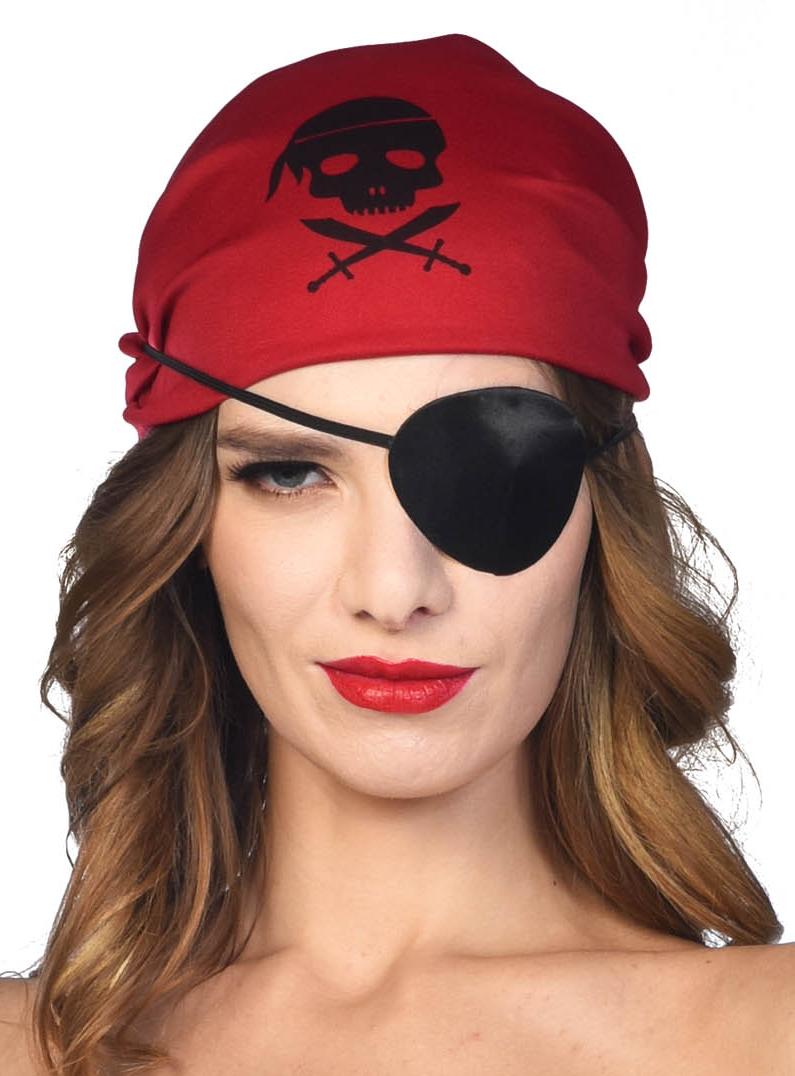Ever since I fell off a horse last mid-May my nervous system was too “jangled” to concentrate on anatomy. I also got hung up on one view of my 3-D Horse Anatomy computer program, the deep skeletal/ligaments view of the shoulder joint (scapulohumeral joint), both medial and lateral views.
The 3-D program has TWO ligaments attaching the scapula and humerus, labeled lateral glenohumeral ligament and medial glenohumeral ligament. These ligaments are shown as completely separate from the glenohumeral joint capsule, and the lateral and medial glenohumeral ligaments are to each side of the front of the glenohumeral joint capsule.
My big problem is that Septimus Sisson wrote that the glenohumeral joint has ONLY the joint capsule ligament, and that there are no other ligaments for this joint. He does mention that in the front of the capsule it is reinforced by fibres passing from the coracoid process to the inner and outer lips of the bicipital groove.
This is repeated by the more modern horse anatomy books, the shoulder joint’s only ligament is the joint capsule ligament. They all say that the tendons that cross the glenohumeral joint serve instead of ligaments to hold this joint together.
Two days ago I got my latest serious Horse Anatomy book, “The Muscel (sic) and Bone Book–Horse Anatomy”, 2nd edition by Katja Guhring, published in 2025. The written description on page 22 is "The shoulder joint Articulatio humeri, does not have any articular ligaments, Ligamenta articularia, located on the outside of the capsule. Capsula, like most other joints…The ligamentum glenohumeral laterale, ligamentum glenohumeral mediale and ligamentum coracohumerale serve as elastic, collagenous fiber reinforcements of the capsule wall. The pictures of the shoulder joint in this book are the only ones that sort of resemble what I see on the 3-D Horse Anatomy program.
In “The Anatomy of an (sic) Horse” by Andrew Snape (1683 edition) he calls the scapula the “Shoulder Blade”, and he calls the humerus the “Shoulder Bone”. In his description of the scapula he writes “It has five Appendixes about its Neck, three of which do afford an original to some Muscles, and from the other two do spring Ligaments which join the Shoulder-bone to the head of the Blade,”
I have some burning questions going through my mind about this. joint:
Do SOME horses have lateral and medial glenohumeral ligaments apart from the joint capsule?
On SOME horses are the capsule wall reinforcements more prominent/stronger that with other horses?
What affect could either scenario have on the horses’ movements and gaits?
COULD these variations be part of the puzzle when the horse is NQR on the forehand and thousands of dollars of veterinary scanning for a diagnosis come up with no firm answers?
I have been puzzling over this for over a year. Does anybody have any answers to these questions?
For the record I consulted 13 horse anatomy books, books by professors of horse anatomy and horse veterinarians, while typing this.

